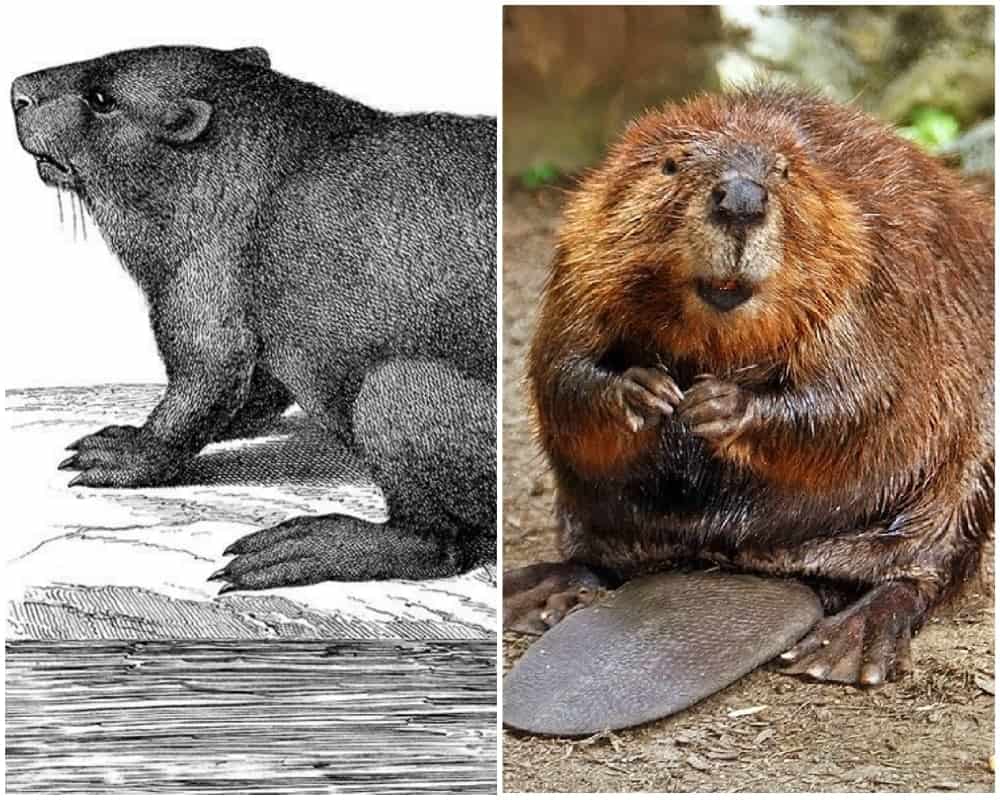Colonial America is frequently regarded as a period characterized by simplicity, and indeed, it possessed many aspects reflective of this notion. Nowhere is this more evident than in the realm of culinary arts, wherein colonial cuisine showcased a resourcefulness in utilizing every part of plants and animals. Many of the things our ancestors ate on a daily basis might make your stomach churn to think about, but interestingly, many are still eaten in parts of the country today.
Gotta Love Those Beaver Tails

In contemporary times, beavers are typically recognized as a protected species; however, during the 17th and 18th centuries, they were extensively hunted across North America due to the high demand for their pelts. Hungry trappers stuck out in the wilds didn’t want to waste any part of the beaver, so they ate the tails too. It’s been described as having a gamey flavor, but it was pretty much just fat.
It emerged as a highly favored dish across colonial America, garnering nearly as much popularity as the beaver pelts from which it originated!
